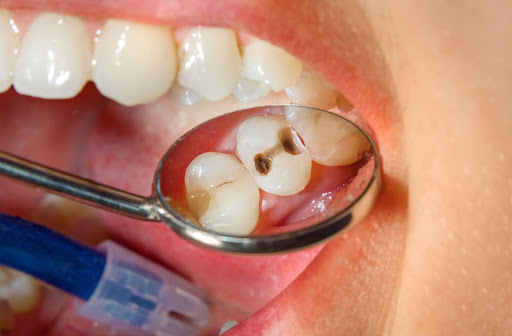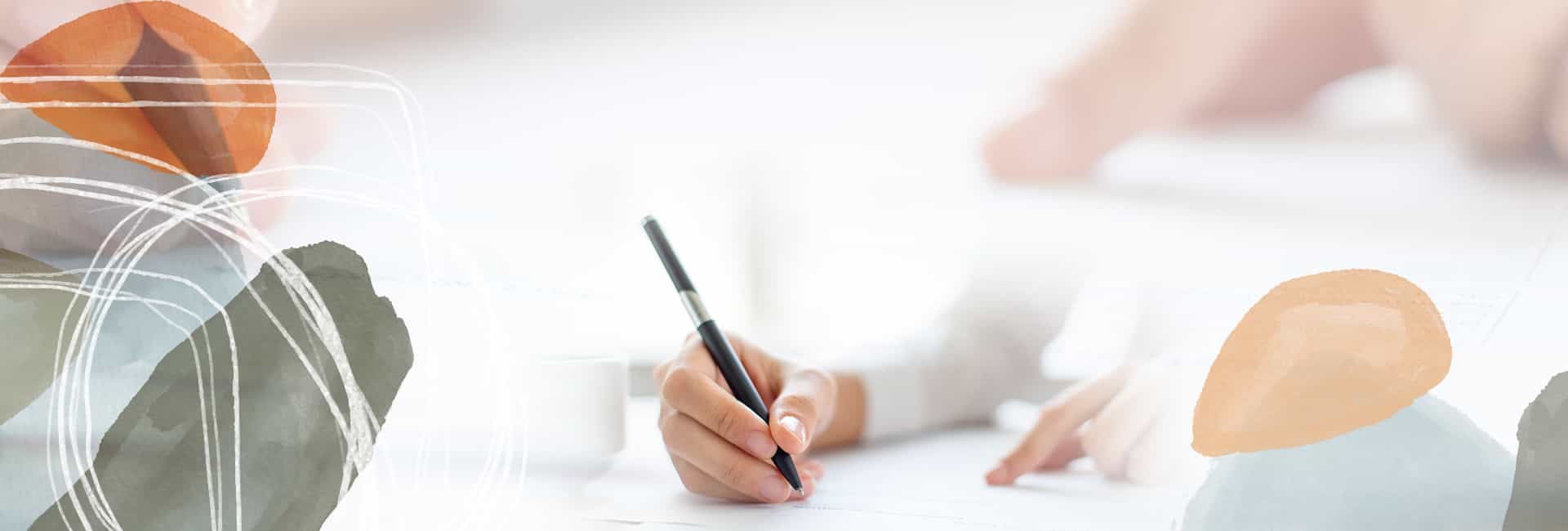Cavities are a common part of many people’s lives, and if you’re feeling tooth pain, you likely need a filling. Your dentist can easily fill a cavity, but what should you expect? Consider this your guide on the cavity filling process and what you should expect during your appointment.
The Cavity Filling Process
If you have a cavity, you need a filling to remove the decay and prevent further damage. An untreated cavity can lead to further complications and significant health concerns. Consider booking an appointment with your dentist if you’re experiencing:
- Toothache
- Tooth sensitivity
- Pain when eating or drinking
- Visible holes or pits in your teeth
- Brown, black, or white staining on the surface of your tooth
- Pain when you bite down
Early signs of a cavity may not warrant a filling, but visible decay on your teeth can indicate damage. While your procedure may differ depending on the location, filling material, or severity of the decay, there is a general procedure for the filling process. Here’s what to expect:
The Initial Procedure
At the start of your appointment, your dentist will likely examine your mouth and check which cavities need filling. If you have many cavities, you may need multiple appointments. Your dentist may take an X-ray of your teeth to see the severity of your tooth decay.
After the initial assessment, you will receive a local anesthetic to numb the tooth area. Numbing the treatment area helps with your comfort throughout the procedure. Depending on the tools your dentist uses and the severity of the tooth decay, you may not need any anesthetic.
Removing the Decay
Your dentist must remove the decayed areas of your tooth before completing your filling. Using a drill to remove any decay is common for many dentists, but some may use specialized tools such as Solea, a dental laser.
Solea for Cavity Fillings
The Solea laser removes the worst parts of your average dental trip, the needle, and drilling. Your teeth are numb for your cavity filling, but you can still hear the noise and feel the pressure of the drill.
Solea is a CO2 dental laser for treating both teeth and gums. It offers needle and sound-free lasering for your teeth. It condenses the aspects of dental procedures, and there is rarely a need for anesthesia.
For your filling, Solea can offer an anxiety-free experience. You can have your cavity filled without worrying about the dental drill. You may only need one appointment too.

Applying the Filling
Your dentist must assess if all the tooth decay is gone before applying your filling. When your tooth is ready, your dentist will prepare for the filling. There are several different materials for fillings, including:
Amalgam Fillings
Amalgam fillings are a mixture of different metals like copper, tin, and mercury. They are durable and will last you years. Amalgam fillings can handle the pressure of chewing and biting and are quality fillings for the back molars.
Gold Fillings
Cast gold fillings are a mixture of gold, silver, and copper. Gold fillings typically require two appointments because a dental lab creates the filling. You’ll receive a temporary filling after tooth decay removal until the gold filling is ready.
A mould of your tooth allows for an accurately sized gold filling. When it’s ready, you will return for a second appointment where your dentist will cement the filling in place.
Composite Fillings
Composite fillings are tooth-coloured and made of resin and glass. A special light helps harden each layer of resin in the filling. When the last layer hardens, your dentist will shape the filling to feel like a natural tooth.
Glass Ionomer Fillings
Glass ionomer fillings are made of powdered glass to bond with your teeth. They release fluoride to help prevent tooth decay. They are tooth-coloured to look more like natural teeth.
After your dentist places the filling, they will polish it for a proper fit with the rest of your teeth. It may take a few tries, but polishing will happen until your bite feels normal. Your dentist will then relay aftercare instructions to you before you continue with your day.
Filling Aftercare
After your filling, you may have some initial discomfort or soreness, but nothing long-lasting. Your new filling may be sensitive to hot and cold temperatures, but this should subside with time. If you’re having consistent pain, sensitivity, or other issues, there may be an issue with your filling.
Contact your dentist if you experience:
- Worsening pain
- Redness
- Warm gums
- Severe tooth sensitivity
- A fever
- Swelling
A new filling doesn’t mean they don’t need to take care of that tooth. Practice proper oral hygiene and protect your teeth from further decay. You can help your new filling last for years with proper care.
Protect Your Smile
Many experience at least one cavity in their life; with proper hygiene, you can protect your teeth and keep them healthy. Regular brushing, flossing, and dental visits can help prevent the development of cavities. If you’re having symptoms of tooth decay or need your regular dental exam, book an appointment with your dentist.




